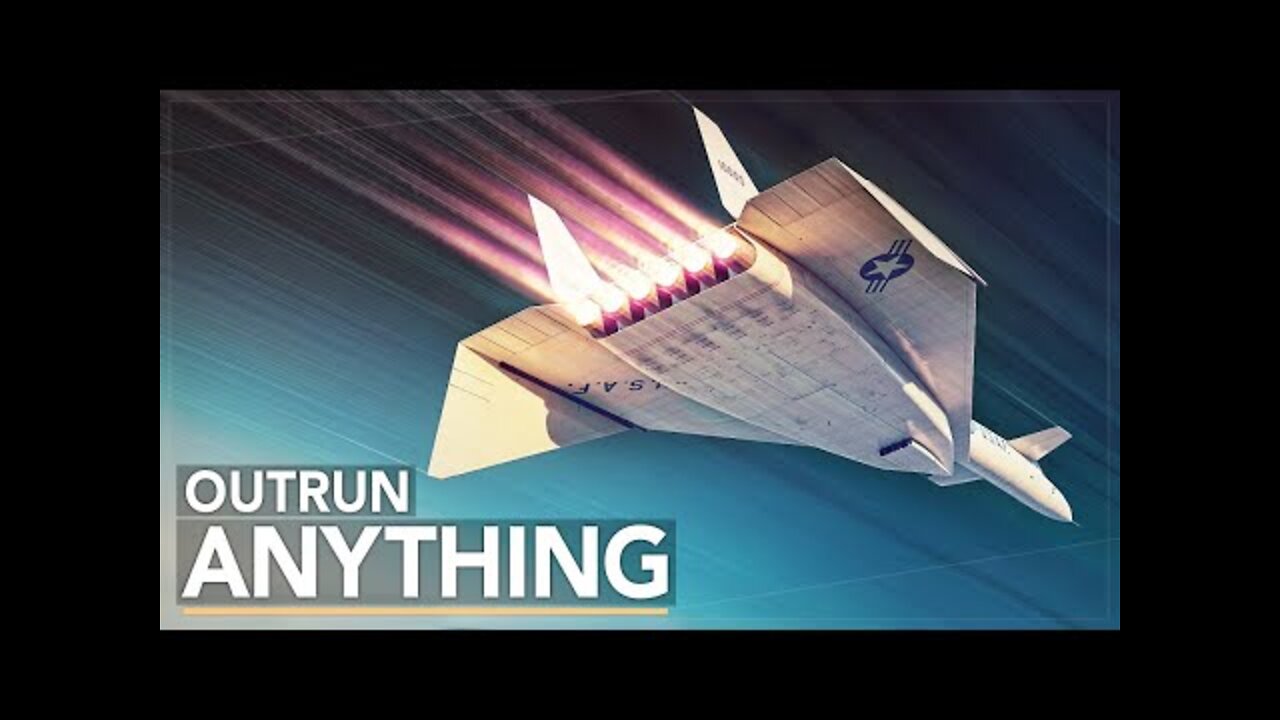Premium Only Content

The World’s Fastest Bomber: The XB-70 Valkyrie
y the mid-1950’s, the United States had developed a state-of-the-art, all jet-powered bomber force. The newly introduced Boeing B-52 Stratofortesss could reach the Soviet Union from just about anywhere in the world. The soon-to-be-introduced supersonic Convair B-58 Hustler could dash to supersonic speeds. Both aircraft were engineering marvels. But even so, they were expected to perform poorly over Soviet airspace. The B-52 flew too slowly to stand a chance against the latest generation of Soviet interceptors, while the supersonic B-58 lacked the required range and payload to be truly effective. The U.S. Air Force needed a next generation bomber that would combine the capabilities of both these aircraft. A plane that could fly at supersonic speeds, travel long distances and carry large payloads.
To meet their new bomber requirements, the Air Force contracted leading aerospace companies to explore radical new technologies, like nuclear powered jet engines for extending aircraft range and high energy ‘zip-fuels’ to increase aircraft performance. Boeing and North American Aviation would play a vital role in research. But given the limitations of technology, the most practical solution put forward was the ‘dash concept’ which detailed an enormous aircraft that would travel subsonically most of the way to its target, before jettisoning outer portions of its wings and fuel tanks to make a supersonic dash. These concepts were studied in an era of extraordinary advances in aviation technology and engineering, and by 1957 it became apparent that it might be possible to build a large, long range bomber that could fly supersonically over its entire mission.
In 1957, the Air Force outlined their specifications for an aircraft that would cruise at Mach 3, up to an altitude of 75,000 feet. It was expected to offer a similar payload and range to the B-52. Boeing and North American Aviation both submitted design concepts, but North American’s proposal was selected for development. A key principle in North American’s design was compression lift, which would significantly improve the aircraft’s lift to drag ratio when flying at high supersonic speeds. The new bomber would be designed as the B-70 (XB-70 in experimental prototype form) and named the Valkyrie.
Given the XB-70’s incredible speed and altitude capabilities, it was expected to be practically immune from interception. But developing such an ambitious bomber would be fraught with technical challenges. More critically, huge advances in missile technology would soon threaten to render the entire concept of a supersonic intercontinental bomber obsolete.
-
 19:02
19:02
The Pascal Show
1 day agoNOT SURPRISED! Pam Bondi Is Lying To Us Again About Releasing The Epstein Files
1.73K4 -
 6:05
6:05
Blabbering Collector
16 hours agoRowling On Set, Bill Nighy To Join Cast, HBO Head Comments On Season 2 Of Harry Potter HBO!
1.6K1 -
 57:44
57:44
TruthStream with Joe and Scott
2 days agoShe's of Love podcast & Joe:A co-Hosted interview, Mother and Daughter (300,000+Facebook page) Travel, Home School, Staying Grounded, Recreating oneself, SolarPunk #514
20.7K1 -
 30:49
30:49
MetatronHistory
1 day agoThe Truth about Women Warriors Based on Facts, Evidence and Sources
17.2K12 -
 2:59:08
2:59:08
FreshandFit
12 hours agoA Sugar Baby & A Feminist ALMOST Fight Each Other
244K53 -
 6:24:23
6:24:23
SpartakusLIVE
10 hours agoFriday Night HYPE w/ YOUR King of Content
103K1 -
 2:27:53
2:27:53
Laura Loomer
7 hours agoBREAKING: MTG Resigns From Congress, Mamdani Meets Trump
69.9K105 -
 3:30:10
3:30:10
PandaSub2000
1 day agoDisney & Buzz Trivia | PHOENIX & HAVIX (Original Live Version)
33.6K -
 15:23
15:23
T-SPLY
12 hours agoBUSTED Assistant Principle And Brother Arrested For Wanting To Kill ICE!
31.4K13 -
 22:06
22:06
Jasmin Laine
13 hours agoCBC STUNNED Into SILENCE After JD Vance’s BRUTAL Message to Canadians
23.9K15